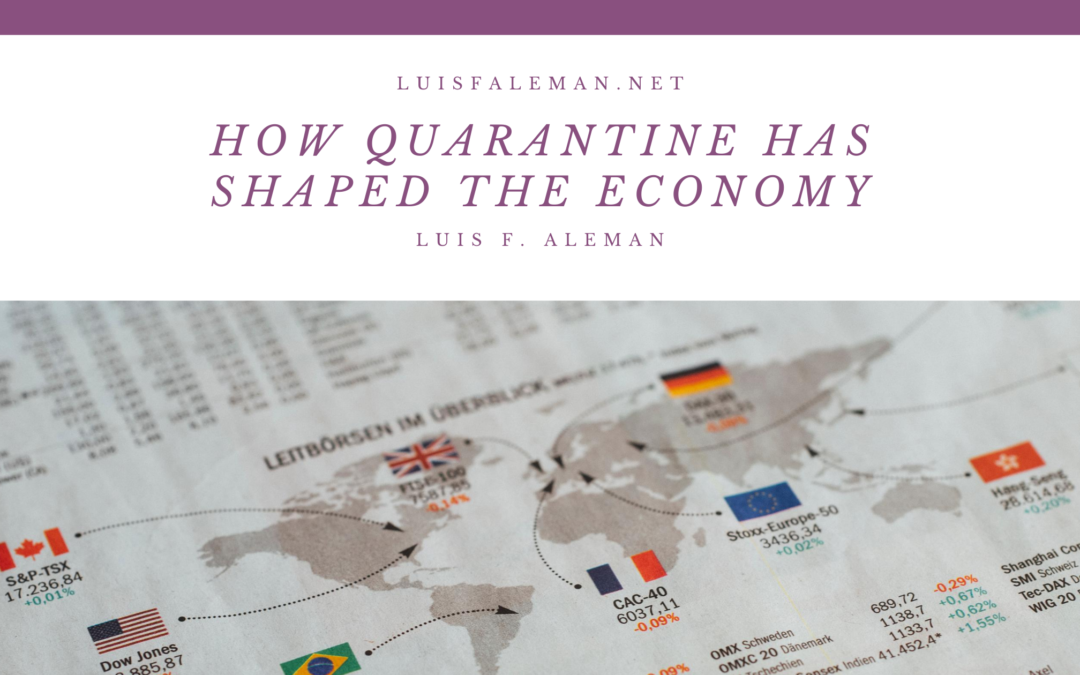There is no historical precedent for the massive economic shutdown that the novel coronavirus pandemic forced on governments around the world. “Non-essential” economic activity in the US, as well as in most other countries, remained halted while “essential” workers were allowed to continue working under strict social distancing guidelines. In a world where the vast majority of the population lives hand-to-mouth, paycheck-to-paycheck, there was a heavy worldwide debate surrounding what constitutes “essential work”. The damage to the world’s economies is just beginning to be reflected by the devastating numbers coming out of various reporting firms. In this article, we’ll explore how quarantine has reshaped the economy and what changes we can expect to see moving forward.
Export Losses and Disrupted Supply Chains
Economists forecast that trillions of dollars in export revenue will cripple vulnerable economies that rely on exports to float their economies. The COVID-19 outbreak and ensuing shutdowns have completely broken scores of leading multinational corporations’ supply chains, leading to a complete reimagining of what corporate business models should look like in the 21st century. China is the indisputable global supply chain epicenter. Due to its cheap labor costs and strategic geographical situation in East Asia with access to several important adjacent markets, China has long been a hub of international commerce. Unfortunately, because COVID-19 originated in China, those supply chains were severed early on in the crisis as China instituted a massive shutdown to battle the emergent virus.
Hopes Fading for U-Shaped Recovery
GDP in both developing and developed nations around the globe are expected to dip substantially throughout the early part of 2020. Economists have pinned their hopes on a U-shaped recovery model, wherein the losses to the economy are made up in the rebound that will theoretically occur once the most burdensome restrictions are lifted and normal trade resumes. The nightmare scenario is an L-shaped recovery in which the losses are not recovered and we do not see the rebound that we’d hoped for. In this situation, the new normal would be a permanent or semi-permanent liquidity crisis, combined with unemployment and widespread business collapse.
The global economy will certainly be forever changed by the legacy of the COVID-19 outbreak. What policies governments enact and what adaptations global business leaders make will determine how quickly we can regain our economic footing in these uncertain times.
